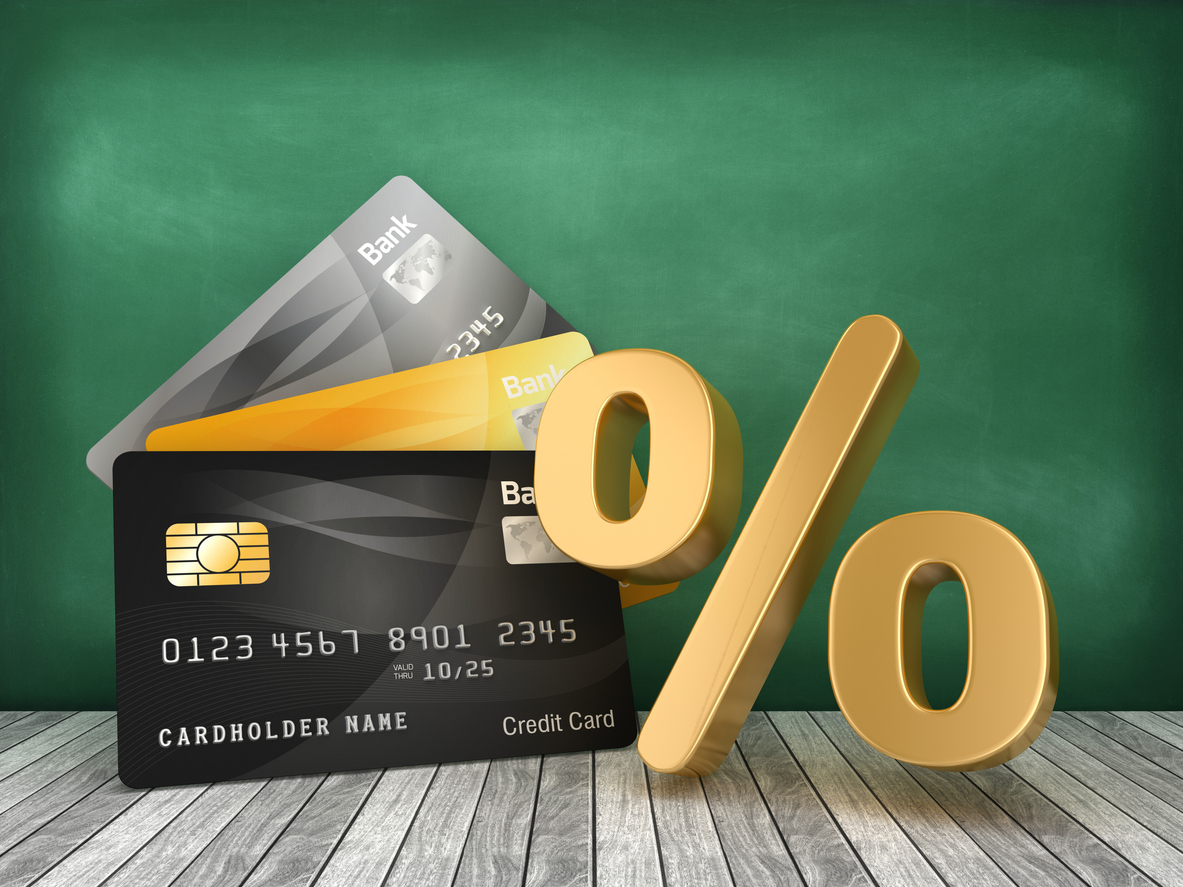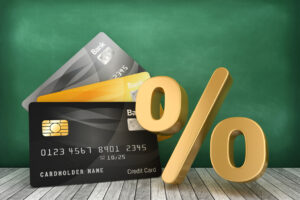The Mechanics of Credit Cards


Temperatures aren’t the only element that spike during the summer months – credit card companies report that card usage also tends to increase in the summer as consumers spend more on travel, leisure activities, and other seasonal expenses. As such, we thought it appropriate to share a deep dive into the mechanics of credit cards to help you make informed financial decisions and maximize the benefits of your credit cards. Keep calm and swipe smart!
Credit cards can be a very powerful financial tool. When used properly, they can increase your credit score and earn you small amounts of cash on all purchases. We’ve discussed how to best use credit cards in our previous article, “Be Conscious, Not Cautious, With Your Credit Card”, and in this space, we want to take a deeper dive into the mechanics of credit cards. Our hope is to help you better understand the implications of carrying a credit card balance to help you make informed decisions and maximize the benefits of your credit card.
How Credit Cards Work
Let’s first explore how credit cards work. When you charge something to a credit card, you are taking out a small loan from the credit card company to cover the purchase (as opposed to a debit card, which deducts the money directly from your bank account). The bank that issued your card tracks each of these loans – also known as credits – made over the course of the month and adds them together for your regular credit card bill. Like all loan products, credit cards have an interest rate associated with them. If you carry a balance from one month to the next, such as by making only the minimum required payment, the interest rate of the card is used to calculate how much to add onto the original charge amount. For example, if your monthly interest rate is 2% and you carry a balance of $1,000 from one month to the next, you’ll owe $1,020 dollars on the next bill even if you don’t make any additional purchases. This may not seem like much, but if you were to continue carrying this balance forward, the total amount owed would nearly double in only three years.
Interest Rates
Next, let’s discuss how each card’s interest rate, also often referred to as APR or Annual Percentage Rate, is calculated. Most modern credit cards use a structure called a “Variable APR” for their cards. This means that the card’s interest rates will move up and down alongside the prime interest rate, which is the benchmark rate used by banks when determining loan terms. In other words, in environments where interest rates are higher (such as the time of this writing), credit card rates will generally be higher across the board. Conversely, when general interest rates go down, credit card APRs will follow. Each company determines this rate slightly differently, but the most common way this works is by simply adding a flat percentage determined by your specific credit history on top of the prime rate. This means that a single person can have different interest rates on different cards, and each card can have different interest rates for each cardholder.
Another common feature is cards having an “introductory APR” that is below their normal rates, often down to 0%. These initial rates usually last for a set period of at least 6 months before the card reverts to its established rates, allowing a balance to be carried without additional fees being added on top and incentivizing more new people to sign up for the cards.
The rates on credit cards are normally significantly higher than other loan interest rates. For example, average mortgage rates as of the time of this writing are roughly 7.5%. The average credit card rates, however, are 24.8% – over triple the average mortgage rate! This means that a “good” credit card rate is largely only good in comparison to other credit cards and is considered extremely high in comparison to most other sources of credit. Some ultra-low-interest cards have yearly rates as low as 13.6%, while others such as retailer-specific credit cards (like the Michaels or Burlington credit cards pushed at checkout) can have interest rates over 33%!
Monthly Payments
Finally, let’s also discuss the important question of how much a card’s interest rates affect required payments. The perhaps surprising answer is, not very much. Banks are incentivized to keep payments low regardless of interest rates, because, in most cases, they only make money when you carry a balance from one month to the next. By requiring only a small percentage of the total bill to be paid each month, banks are then able to assess their interest rates on the balance and the longer this balance is kept unpaid, the more they are able to collect.
Wise Use Wins
Though there are financial risks involved with credit card usage, using them wisely can also mean that you have a trusty financial resource in your pocket. What’s more, many cards have a variety of rewards ranging from cash-back and points systems allowing you to earn money for your regular purchases, to unique perks such as airport lounge access and priority restaurant reservations. Being aware of your card’s interest rate and what happens to your balance from one month to the next is extremely important. However, since the card’s rates are only applied on carried balances, paying off your bill in full every month means that you won’t be paying any interest. By being careful to only spend what you are able to pay back and paying as much of the balance as possible – the entire thing if possible – every month, you can minimize your interest payments, maximize the gains to your credit report, and still benefit from all the rewards that your credit cards offer! As always, if you have questions about the mechanics of your credit cards, your Yeske Buie team is available to talk with you.
